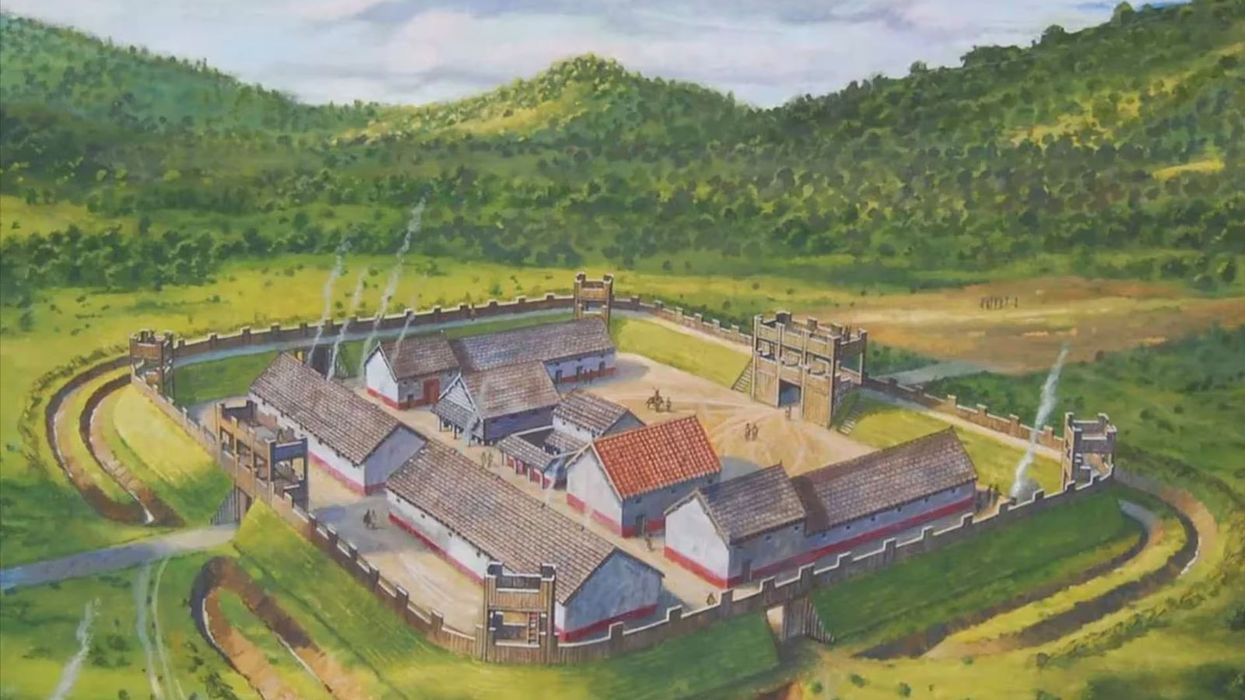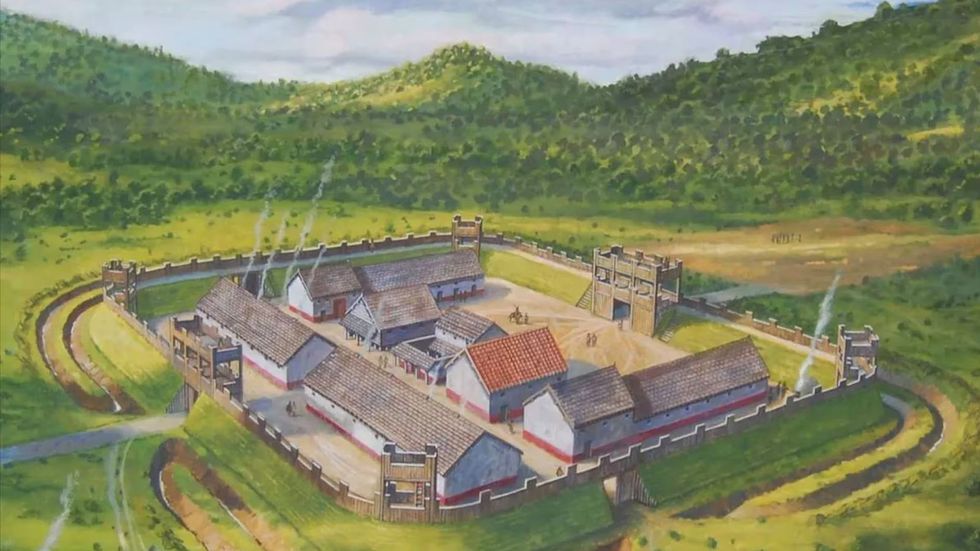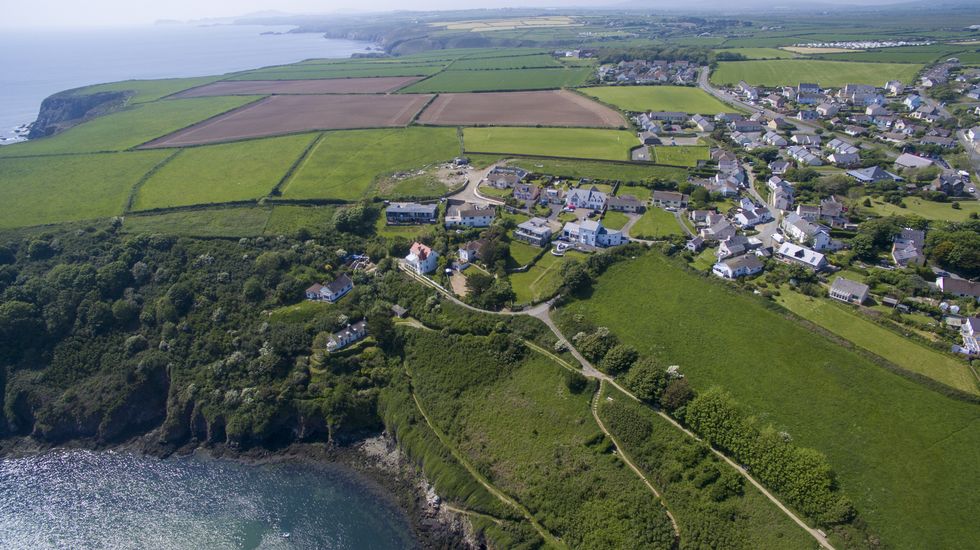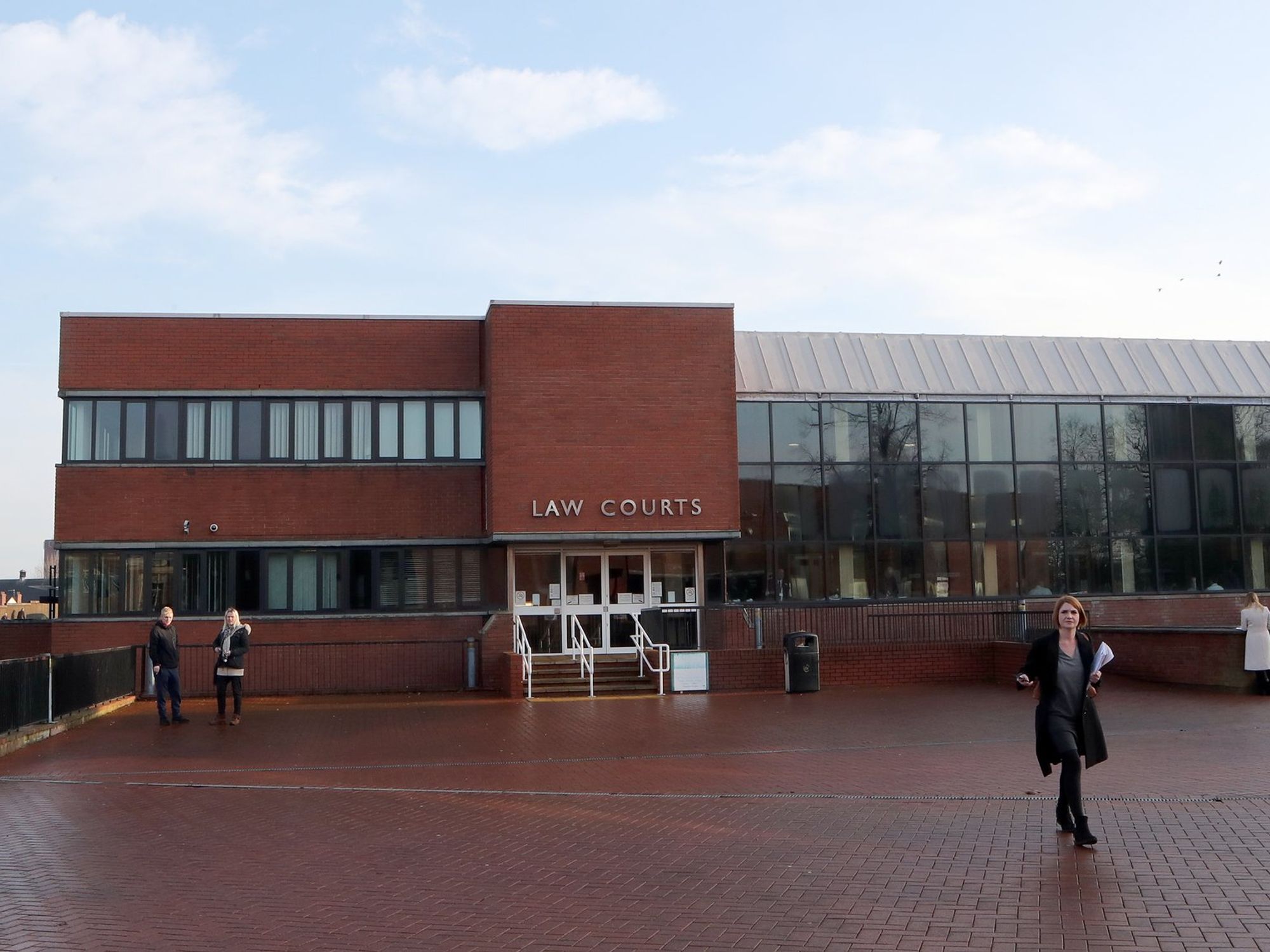Archaeologists discover 'humongous' fort that completely changes theory of Roman Empire in Britain

An artist’s impression of the fort which has been found in Pembrokeshire
|Roman Fort Project

A leading Roman specialist and tutor at Oxford University made the discovery
Don't Miss
Most Read
Latest
A Roman fort found in Pembrokeshire in Wales has disproved the assumption that the area’s Celtic tribe was on good terms with the Roman invaders.
Lying underneath an overgrown field was a "humongous" fort which has remained hidden until now.
Dr Mark Merrony, a leading Roman specialist and tutor at Oxford University made the discovery.
He explained that the site was found right next to a Roman road that has been identified for the first time.
 An artist’s impression of the fort which has been found in Pembrokeshire | Roman Fort Project
An artist’s impression of the fort which has been found in Pembrokeshire | Roman Fort ProjectHe said: "It is a humongous fort, an incredible find of national importance."
It is thought that the fort dates back to between the first to the third centuries - a time when the Celtic Demetae tribe lived in the south-west area of modern Wales.
As it was pre-Roman, there was less need for a major military presence.
Merrony said that the fort suggests this part of Wales was "considerably more militarised" than first thought: "I now don’t think they were pro-Roman at all, but that the Romans were hitting the area with an iron fist."
LATEST DEVELOPMENTS:
He said he had often travelled along a particularly straight road and thought about whether it was Roman and after recently looking at satellite imagery, he found a field with dimensions likely to be a Roman fort.
Merrony added: "Sticking out of the ground was a triangular piece that looked like a Roman roofing slate.
"I thought: 'Surely not?' I pulled it up and lo and behold, it was an archetypal Roman roofing slate, an absolute peach.
"Flip it upside down and you can see underneath a diagonal line where it was grooved to fit into the one that was underneath it. It’s a real beauty."

Lying underneath an overgrown field was a "humongous" fort which has been hidden until now
|Getty
The fort measures about 185 by 155 metres.
"The fort is strategically placed on sloping ground with an excellent vista overlooking a river valley, as was often the case. Its water supply drew upon two nearby springs," Merrony said.
To protect the new discovery, its location is not currently being disclosed.










